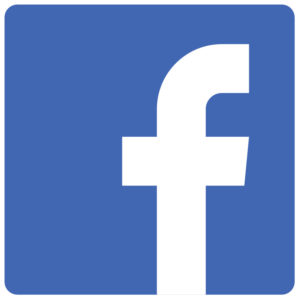American Canadian motivational speaker Brian Tracy said, “Communication is a skill that you can learn. It’s like riding a bicycle or typing. If you’re willing to work at it, you can rapidly improve the quality of every part of your life.” The significance of effective communication between healthcare providers and patients is essential and both verbal and nonverbal cues contribute to the understanding of health-related information, building trust, and establishing a positive relationship. Communication is a fundamental aspect of all relationships and in them, we must be willing to communicate by giving and receiving information. When you think about it, communication plays a key role in your health, wellness, and well-being, however, a breakdown in communication can lead to a breakdown in your overall health.
Verbal communication is a privilege. Whether you are the one verbally giving or receiving information, both parties play a role in its success. All people should aim to be clear with verbal communication and in healthcare settings aim to keep details simple and focused on the topic at hand. If you are the patient try to be clear about your exact concern. As you receive feedback, if it’s unclear, ask the other person to repeat what they’ve said, or ask them to rephrase it. You can say, “I don’t understand.” If you need a translator, ask for one, maybe you thought you could muddle through and now you are lost, speak up, all those trying to help you with your care would be happier to be sure you are understanding what is happening than not. In verbal communication, tone, speed, and inflection are also variables that can impact outcomes, try to keep your tone even and share information slowly as the other party is likely hearing it for the first time.
Non-verbal communication counts, it often sets the tone before the first words are spoken. Peter Druker, known for being an innovator in modern business says, “The most important thing in communication is hearing what isn’t said.” This includes starting with eye contact and recognizing facial expressions and body language. How you present yourself physically makes a difference in how the other person feels heard and recognized and how they hear and see you. While a person with verbal communication barriers may not be able to share their verbal communication, they may be able to show you through physical embodiments and facial expressions what they need or mean. This is why we must offer our full attention and eye contact to each other as we communicate and “hear what isn’t said.”
Telehealth is now welcoming more opportunities for care and clear communication is even more important. Having your camera on, looking at the screen, and giving clear details while sticking to the subject at hand is necessary for the greatest outcomes in care. Telehealth is wonderful for those in our area who may often find themselves driving long distances for certain care and it can be just as beneficial if the communication virtually is clear and all parties are actively listening, asking for clarifications if needed, and addressing any barriers or concerns. While this can feel uncomfortable or like there is a performance aspect to being “on camera,” rest assured that telehealth is not for anyone’s entertainment value but a tool for increasing access to care.
This is World Communication Week, a time to raise awareness about the need for communication support. In all aspects of life and healthcare, people need to feel seen, heard and understood no matter what barriers or obstacles may be in the way. The famous playwright and Nobel Peace Prize winner George Bernard Shaw said, “The Single Biggest Problem in Communication is the Illusion That It Has Taken Place.” Don’t be an illusionist on communication, utilizing what is known as active listening and the “feedback loop,” to ensure clear and effective communication in your own life. It’s as simple as saying, “What I heard you say was…” and repeating back what you heard and adjusting based on what you heard. If your doctor said that you should be taking your medications at night and not in the morning, you can show you heard them, by saying, “What I heard you say, is I should be taking my medications at night,” and then you would start to do that. It’s that simple.
Communication is both the give and take of how we put out and receive information. Don’t let a breakdown in communication, become a breakdown in your health!
Mary Hoadley
Director of The Wellness Center


